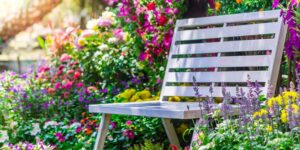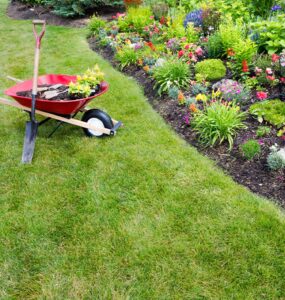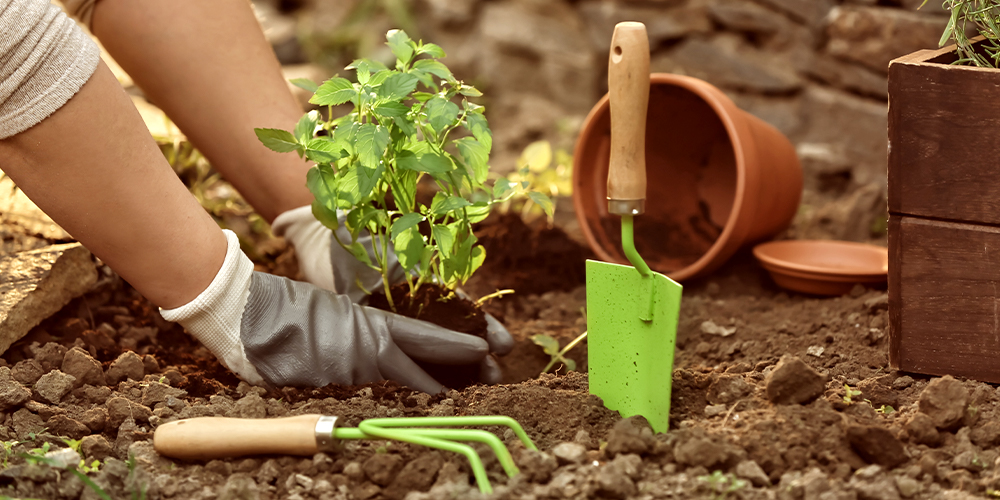
For those of you who made 2020 your year to start your very own garden (and there are many of you!), I put together some valuable gardening tips for your sophomore year of home horticulture. I’ve never seen so many curious new gardeners of all ages and backgrounds coming into the greenhouse with a newfound interest in growing plants and food at home! Truly, I am stoked.
With the basics nailed down, and perhaps a few flubs and mishaps along the way, many of you are ready to embark on your second attempt at gardening, taking on new challenges and growing more amazing stuff! Here are some gamechanger gardening tips to make your 2021 garden a massive improvement from last year’s introductory attempt.
5 Gardening Tips for Beginners and Sophomores
No matter your skill level, these gardening tips can drastically improve your approach to planting, resulting in a more beautiful, successful, and delicious garden with less effort required.
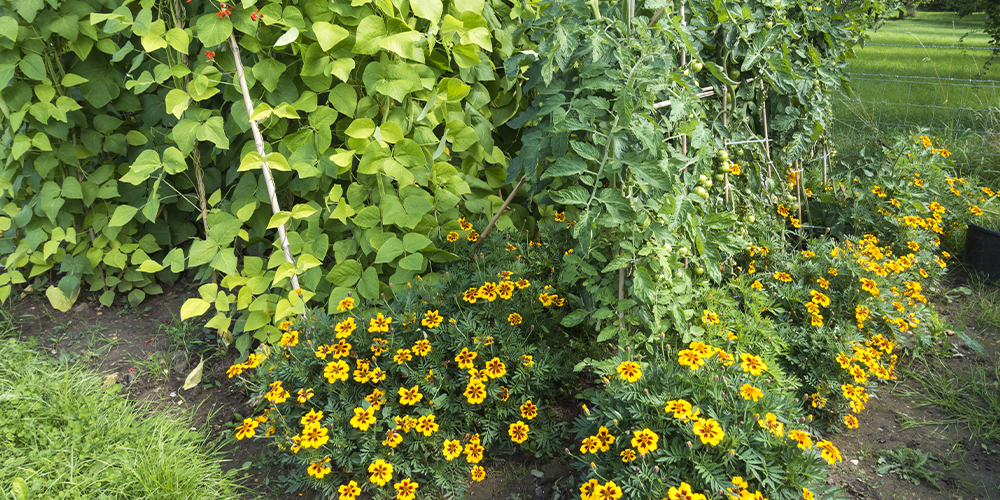
Try Companion Planting
You know how some animals have unexpected friendships because they provide each other with a mutual benefit, like when alligators keep their mouths open so birds can pick all the stuck food from their teeth? Plants kind of have a similar thing, where certain pairings can help the plants grow more successfully.
Some flowers and herbs are natural pest repellants, so planting them near your vegetables can help to ward away hungry rabbits, bugs, and other uninvited guests. Other pairings can even result in better flavour or more growth.
What are good companion plants?
Here are some popular pairings you can put in your vegetable garden:
- Tomatoes and basil (improved flavour and pest control)
- Beans and corn (the beans deposit nitrogen into the soil, and the corn acts as a trellis for beans to climb)
- Spinach, lettuce, and strawberries (all three will have higher yields, and the leafy greens shield berries from hungry birds)
- Thyme and strawberries (improved flavour and pest control)
Keep in mind, some plants also make bad neighbours and don’t get along, resulting in stunted growth or an increase in pest problems. Before settling on your garden layout, do a quick search to see if your plants are compatible.

See Better Results by Growing Native Plants
If you dream of having a lush, sprawling meadow garden full of diverse and colourful plants but fear you might not have the chops to pull it off, I have good news for you! The best way to grow successful, beautiful plants with the least amount of effort is by choosing native species. If a flower naturally occurs in the wild here in Alberta, you won’t have much trouble keeping it alive in your yard!
Native plants require less watering, are adapted to our cold Canadian weather, and attract pollinators like bees, butterflies, and hummingbirds better than exotic imported flowers. Local wildlife tends to prefer familiar flowers they recognize from home!
What plants are native to Edmonton?
- Gaillardia
- Yarrow
- Giant hyssop
- Saskatoon berries
- Flowering dogwood
- Purple clematis
- Canada goldenrod
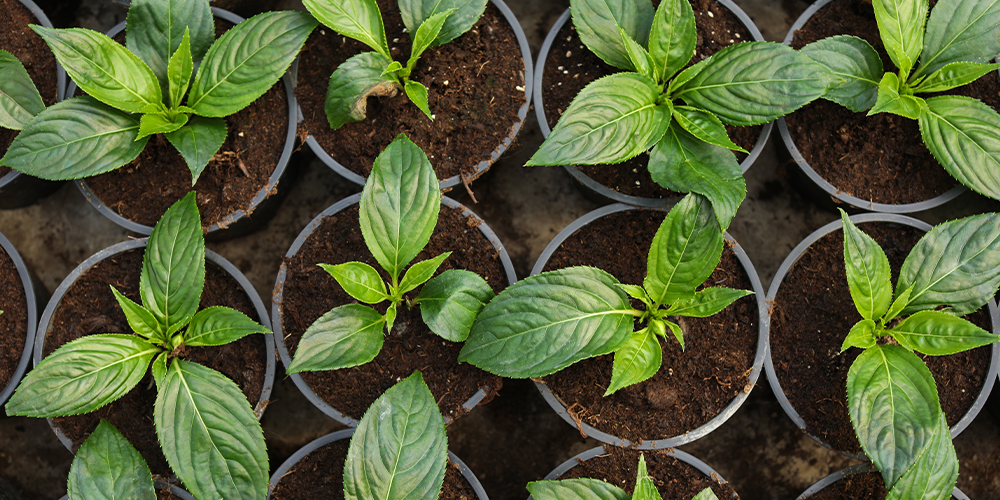
Make a Seeding Calendar
Edmonton weather can be totally unpredictable in the spring, blazing hot one day and frosty the next, so some gardeners are apprehensive about planting too early and losing their crops to overnight frost. Luckily, farmers have been tracking this kind of thing for centuries, so we have a pretty good idea of when it’s safe to start your spring garden.
What time of year do you start planting a garden?
The last frost date is the day that it’s considered safe to plant your garden plants outside without losing them to cold temperatures. In Edmonton, our last frost date is approximately May 10th, which means the second week of May is a safe time to start planting.
With your last frost date marked on your calendar, you can now work your way backward and take note of seed starting dates. Growing plants from seeds can save you hundreds of dollars, but different varieties need different amounts of time to develop, so creating your seeding calendar at the start of the year will keep you on track.
Take a look at all your seed packs and see how many weeks they need to develop before planting. For example, many cherry tomatoes need 6″“8 weeks, so count 7 weeks backwards from the day you want to plant them and mark that on the calendar as your seed starting day!
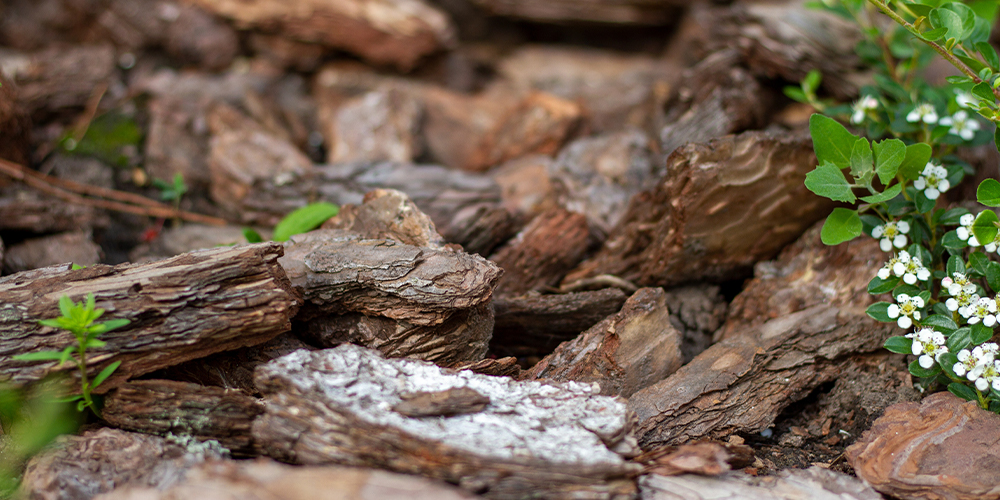
Apply Natural Mulch
While its name might not sound particularly appealing, I promise you, mulch is nothing short of miraculous! Simply applying a thin layer of natural mulch like bark or straw across the surface of your garden soil can result in major, noticeable benefits.
By blocking the sun from reaching the soil, weeds are less likely to germinate. It also helps regulate the temperature of the soil, so on super hot summer days, moisture won’t immediately evaporate from the soil, and your plants are less likely to get heat stress. Plus, since it’s a natural, biodegradable material, it will break down over time and deliver a steady source of healthy bacteria and nutrients into the soil to feed your plants.
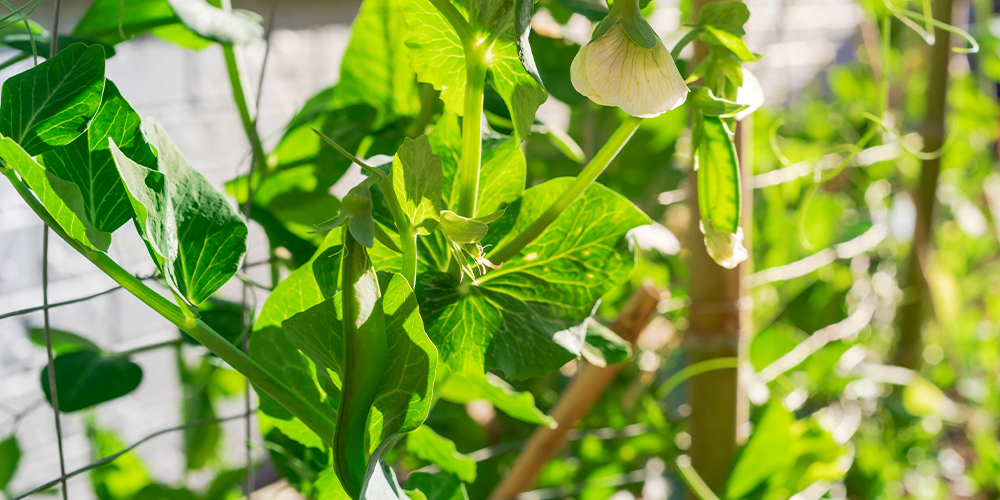
Get Creative with Trellises
Many plants, both ornamental and edible, grow on vines and require a structure to grow up. For vegetables, this helps keep their flowers and edible parts out of the soil so they can develop properly. A simple, plain trellis can provide the structure you need, but if you want to add some visual spectacle to your garden, a trellis is a perfect opportunity to get creative! They add a special, artistic quality that pulls together your design beautifully.
If you don’t want to splurge on a fancy decorative trellis, you can easily make your own DIY trellis””there is an endless wealth of resources on the internet for these kinds of crafty garden tutorials! Trellis ladders made from reclaimed wood are simple to make, and the results are so lovely””especially with creeping flowers like clematis or thunbergia. I’m also really digging the wooden honeycomb trellises I’ve been seeing on Pinterest, made by assembling a bunch of wooden hexagons altogether, up against your home or fence.
For more gardening lessons for adults, beginners and even kids, check the Dig In with Rob blog regularly for our latest updates and creative ideas from the experts.


